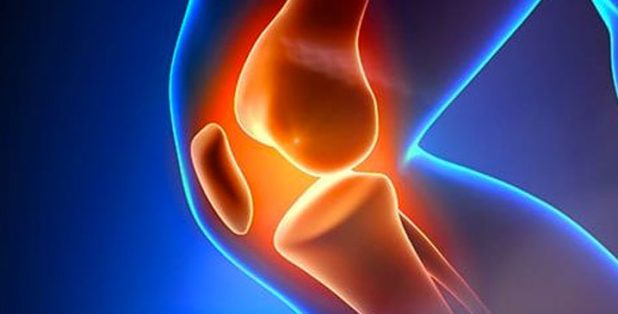Every May, as we observe National Arthritis Awareness Month, the urgency to address and understand osteoarthritis has never been greater. Recent findings from the Global Burden of Disease Study 2021 reveal that osteoarthritis, a degenerative joint disease, already affects 15% of the global population over the age of 30. With current trends, this number is projected to reach nearly 1 billion by 2050.
The Rising Tide of Osteoarthritis
Osteoarthritis has seen a rapid increase in prevalence over the past three decades, driven by aging, population growth, but more significantly, obesity. From 1990 to 2020, the number of people living with osteoarthritis soared from 256 million to 595 million worldwide, marking a staggering 132% increase. By 2050, the incidence of osteoarthritis is expected to rise by 74.9% in knees, 48.65% in hands, 78.6% in hips, and 95.1% in other joints, including elbows and shoulders.
It’s imperative to understand the factors that increase the risk of arthritis to start early intervention and healthy living.
The Impact of Obesity
Obesity has emerged as a major contributor to the osteoarthritis burden, accounting for about 20% of the disability caused by the disease in 2020. Tackling obesity could reduce the osteoarthritis burden by a significant 20%, highlighting the need for global health systems to focus on prevention and management strategies.
The Gender Divide
Osteoarthritis impacts women more than men, a trend that is expected to continue. In 2020, women accounted for 61% of osteoarthritis cases. Researchers are exploring genetics, hormonal factors, and anatomical differences as potential reasons for this disparity.
A Call to Action
The findings underscore the critical need for strategies of prevention, early intervention, and affordability of treatments such as joint replacements, especially in low- and middle-income countries. As we live longer and global populations grow, the stress on health systems worldwide will increase. Continue going to preventative care appointments with your primary care physician and don’t wait to understand any pain you are having.
Engaging in Management and Prevention
It’s crucial to address the role of physical inactivity and obesity in managing osteoarthritis. Contrary to what some may believe, physical activity can be beneficial even for those with joint pain, preventing injuries and potentially slowing the progression of osteoarthritis.
As we mark National Arthritis Awareness Month, let’s commit to understanding osteoarthritis better, advocating for effective management strategies, and supporting those affected by this increasingly common condition. Together, we can make a difference.
Resources for People Living with Arthritis
Arthritis Foundation – Offers comprehensive information on different types of arthritis, treatment options, and lifestyle advice. The foundation also provides resources for community support and advocacy initiatives.
CreakyJoints – A support, education, advocacy, and research organization for people living with arthritis and rheumatic disease. They offer patient-centered information, online support groups, and educational materials.
National Institute of Arthritis and Musculoskeletal and Skin Diseases (NIAMS)- Offers a wealth of information on arthritis and musculoskeletal diseases, including research news, health information, and resources for patients.
Pain-Free Living– Offers information on pain management strategies for various conditions, including arthritis, through lifestyle adjustments, diet, and exercise.
Arthritis Health – Provides detailed information on arthritis conditions, symptoms, diagnosis, treatment options, and lifestyle strategies for managing pain and mobility issues.




